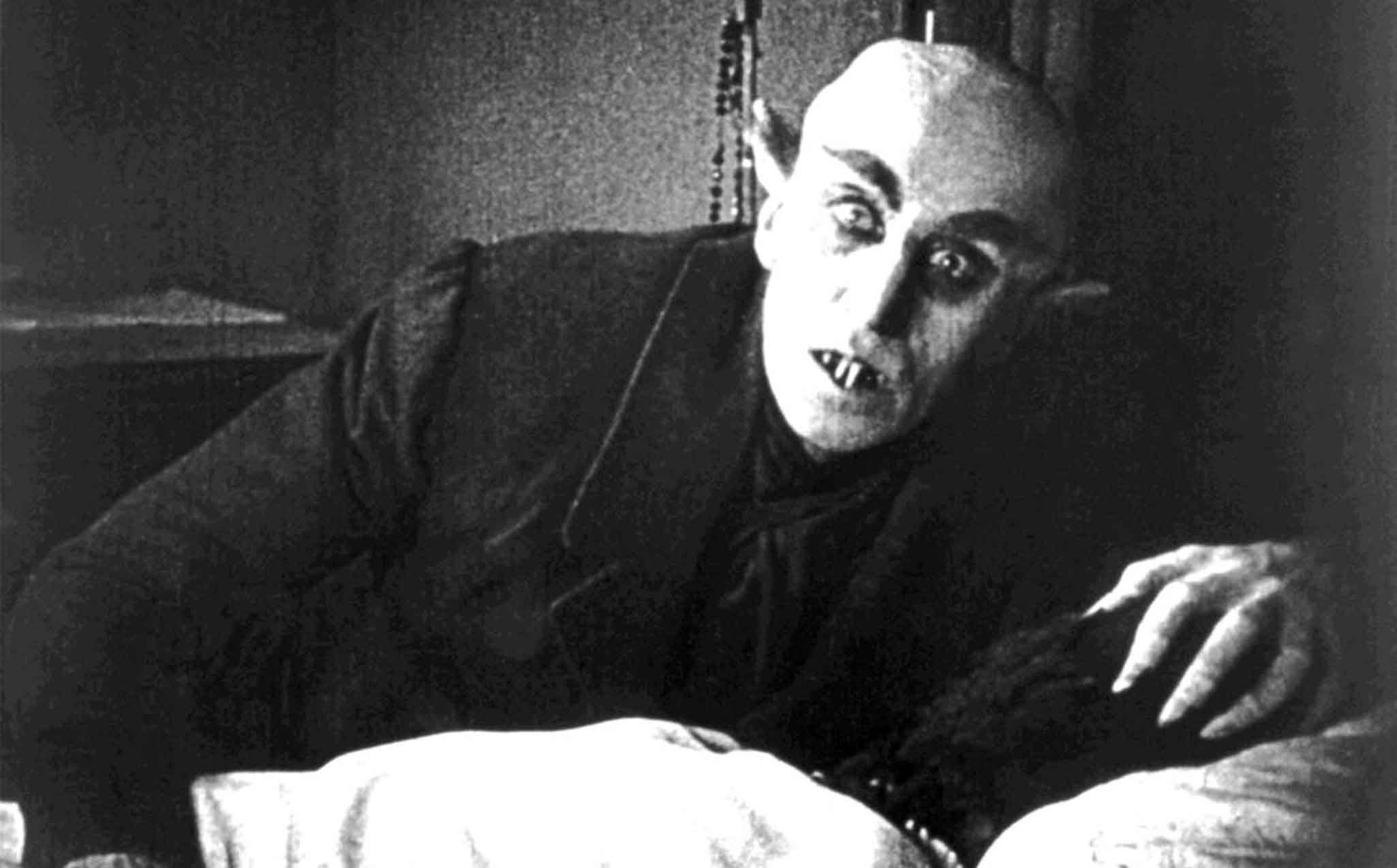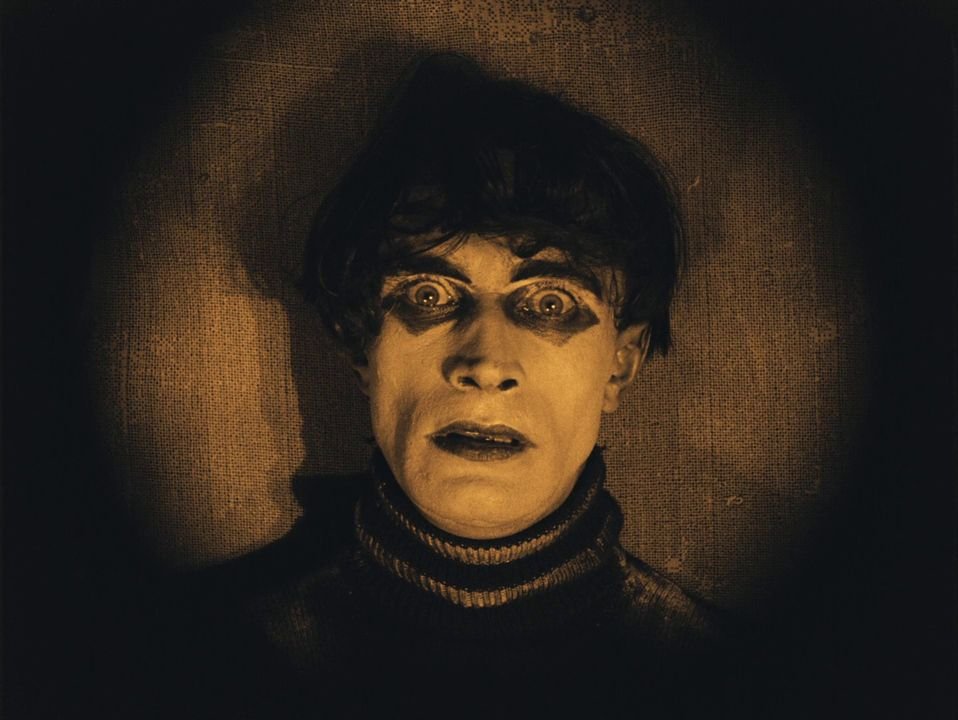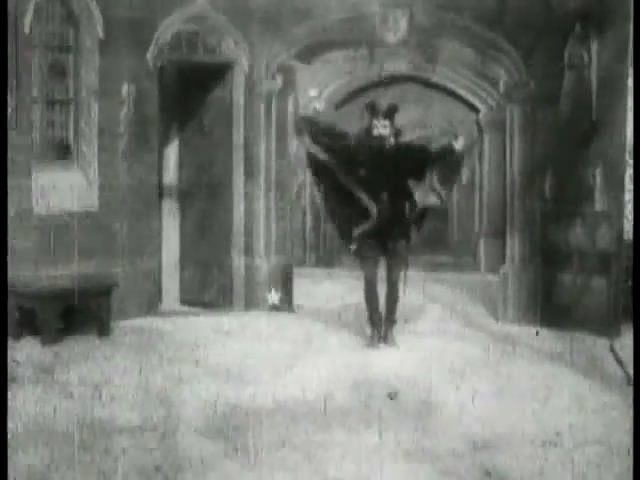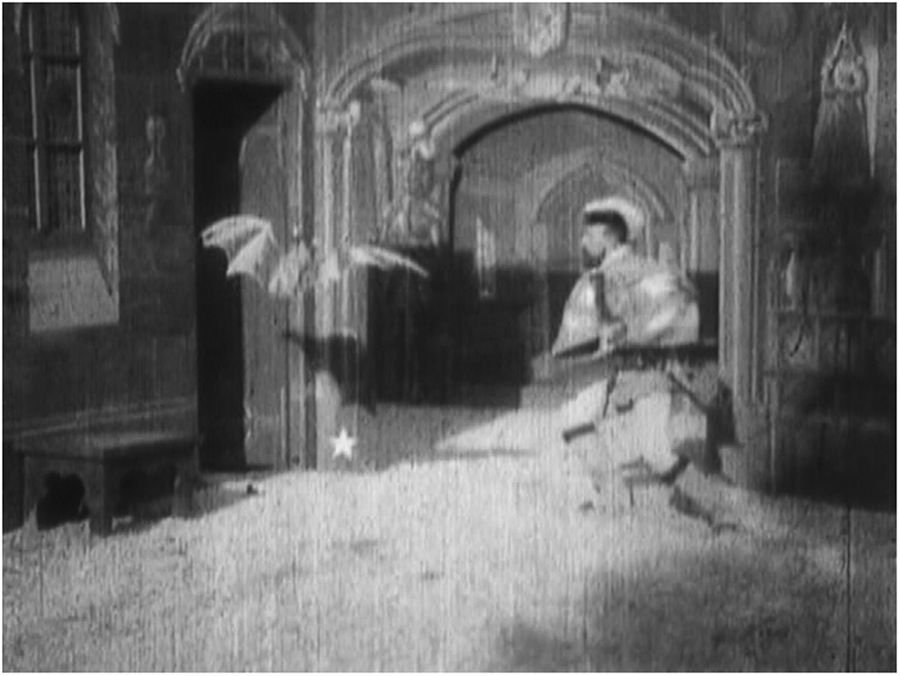The Haunting Beginnings: Unraveling the Origins of Horror in Cinema
Whispers in dark corridors, shadows that creep along the walls, and tales that unsettle the soul – horror has always been a fundamental part of human storytelling. But how did this spine-chilling genre find its way into the art of cinema? Let’s delve deeper into the eerie origins of horror in film, a journey that begins in the dimly lit corners of the late 19th century.
The Birth of Cinematic Horror: Pioneering Days
Horror in cinema can trace its lineage to the dawn of motion pictures. When the Lumière brothers unveiled the Cinématographe in 1895, they unknowingly opened a Pandora's box of cinematic possibilities, including horror. One of the earliest examples, Georges Méliès' "Le Manoir du diable" (1896), known as "The Haunted Castle" in its English release, stands as a landmark. Though more whimsical than terrifying by today's standards, this short film employed groundbreaking visual effects, depicting skeletons, ghosts, and witches – staples that would become synonymous with the genre.
The Silent Era: Foundations of Fear
The silent film era was a canvas for experimentation, leading to the first golden era of horror. Without dialogue, filmmakers relied on imagery, atmosphere, and music to evoke terror and suspense. Two films stand out:
"The Cabinet of Dr. Caligari" (1920): This German Expressionist masterpiece directed by Robert Wiene used distorted sets and stylized visuals to create a dreamlike and unsettling world, reflecting the distorted mind of its antagonist. It wasn't just a horror film; it was a work of art that commented on the confusion and anxieties of post-World War I Germany.
"Nosferatu" (1922): F.W. Murnau's unauthorized adaptation of Bram Stoker's "Dracula" became a seminal work of the horror genre. With Max Schreck's haunting portrayal of Count Orlok, it introduced the figure of the vampire into the lexicon of popular culture. Its use of shadow and light created an eerie, foreboding atmosphere that remains effective to this day.
The Contribution of Literature
The early horror films were deeply intertwined with literature. Many silent horror films were adaptations of Gothic novels and stories, drawing upon the works of authors like Edgar Allan Poe, Mary Shelley, and Bram Stoker. These adaptations were not just attempts to bring popular stories to the screen; they were explorations of the human psyche, delving into themes of fear, madness, and the supernatural.
Horror as a Reflection of Societal Fears
From its inception, horror cinema has been a mirror reflecting societal fears and anxieties. The monsters and ghosts of early horror films were metaphors for the collective fears of their times. The early 20th century was a period of rapid technological change, global conflict, and social upheaval. Horror films tapped into these anxieties, using the supernatural and the macabre as allegories for the unknown and the uncontrollable forces shaping the modern world.
The origins of horror in cinema are as fascinating as they are diverse. From the whimsical trick films of Méliès to the expressionistic nightmares of Wiene and Murnau, these early films laid the groundwork for a genre that would continue to evolve and terrify audiences for over a century. They remind us that horror is not just about fear and monsters; it's a lens through which we can confront and understand our deepest anxieties.





